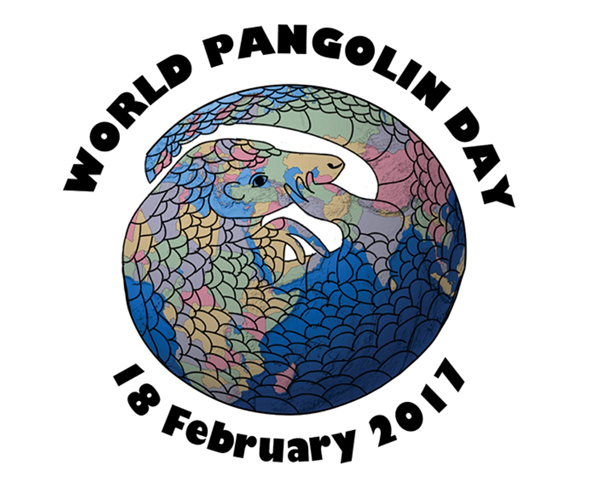Unfeathered friends flock together
![Fu Jianping, director of the Beijing Birding Watching Society, said the number of birds is a key indicator of environment. [FENG YONGBIN / CHINA DAILY] Unfeathered friends flock together](../../images/attachement/jpg/site1/20130405/eca86bd9d54312c85fee04.jpg) |
|
Fu Jianping, director of the Beijing Birding Watching Society, said the number of birds is a key indicator of environment. [FENG YONGBIN / CHINA DAILY] |
"When you see birds nesting in the woods or swimming in a pond, you know that the ecosystem is functioning well - if they're around, they must have found food, but they're also preyed upon," Zhao said. "Bird watchers are the group most sensitive to the indications given by the birds."
"This basic data is very important. Five or more years of recording can indicate the trend of environmental change over the long term," Zhao explained. "However, professional researchers rarely have the time or energy to collect every fact, so the survey is usually conducted by well-trained amateur bird watchers."
To aid environmental protection, birders need to equip themselves with scientific knowledge more than a pair of binoculars, Zhao said.
"Sometimes a increase in the numbers of a certain bird doesn't mean the environment is 'getting better'. It could be quite the opposite; it could be that the environment is getting worse and so the birds are losing their habitats and are gathering in the few places that are left," she said. "Bird watchers can work alongside academics to read the numbers."
"You don't have to be a biologist to be a bird watcher," said Gary Deghi, a birding enthusiast and senior wildlife biologist at the environmental consultancy Huffman-Broadway Group in the United States. When Deghi and his wife Shari joined one of the BBWS trips to Miyun reservoir, they were thrilled to spot several birds they had never seen before.
Ticking off species, or observing a long-sought-after species certainly brings the watchers a huge amount of enjoyment, said Deghi, adding that birders can make a contribution to science by providing information to organizations such as eBird, an online project that enlists amateurs to gather data for scientific use.
The eBird database was launched in 2002 by the Cornell Lab of Ornithology at Cornell University and the National Audubon Society, one of the oldest environmental and avian conservancy organizations in the US. It provides real-time data about bird distribution and abundance.
In addition to the database, US scientists also use common species such as tree swallows to detect toxins. The birds eat insects that hatch in lakes or stream sediment; pollutants in those ecosystems then show up in the birds' eggs and chicks. Meanwhile, similar research is conducted into air quality and levels of mercury in the oceans.
Deghi said China is approaching the point the US reached 40 years ago where economic development and environmental protection must be pursued in tandem.
- Thailand extends visa fee exemption, welcomes Chinese tourists
- Beijing welcomes first snow in Year of the Rooster
- Woman spends $726 per month commuting between two cities
- Nobel laureate, Turing Award winner become Chinese citizens, join CAS
- Special driver for special bus for special children



















